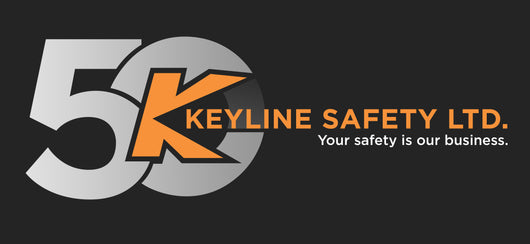In the dynamic and demanding world of construction, ensuring the health and safety of workers is of utmost importance. Respiratory Hazards in Construction include airborne contaminants that pose a significant risk to respiratory health. In this blog post, we will delve into the respiratory requirements for construction workers, exploring the importance of protective measures and the various options available to keep lungs safe on the job.
Understanding the Risks: Construction Respiratory Hazards and Protection
Construction sites are often rife with airborne hazards, including dust, fumes, gases, and particulate matter. Exposure to these contaminants can lead to respiratory issues ranging from irritation and shortness of breath to more severe conditions like chronic obstructive pulmonary disease (COPD) and lung cancer. To safeguard the well-being of workers, it is crucial to implement effective respiratory protection measures.
Respiratory Hazards in Construction Hiearchy:
-
Elimination or Substitution: The most effective way to protect workers is to eliminate or substitute hazardous materials. If possible, choosing alternative materials or using processes that generate fewer airborne contaminants can reduce the need for respiratory protection.
-
Engineering Controls: Implementing engineering controls, such as ventilation systems and dust collection equipment, can help minimize the concentration of airborne contaminants. This approach is especially relevant in enclosed spaces or areas with limited airflow.
-
Administrative Controls: Establishing work practices and protocols, such as rotating workers to limit exposure time or scheduling high-risk tasks during low-traffic hours, can contribute to reducing respiratory risks.
-
Personal Protective Equipment (PPE): When other controls are insufficient, the use of personal protective equipment becomes imperative. Respirators, a crucial component of PPE, act as a barrier between the worker's respiratory system and hazardous airborne substances.
Respiratory Solution Options:
-
Disposable Masks: Suitable for protecting against large particles and some common airborne irritants, disposable masks are lightweight and cost-effective. However, they may not provide adequate protection against certain finer particles and gases.
-
Half-Mask Respirators: These cover the nose and mouth, offering a higher level of protection than disposable masks. They are equipped with filters that can be customized based on the specific hazards present on the construction site.
-
Full-Face Respirators: Providing comprehensive coverage for the face, full-face respirators offer enhanced protection against a wider range of contaminants. They are equipped with a clear face shield, ensuring protection for both the respiratory system and the eyes.
-
Powered Air-Purifying Respirators (PAPRs): PAPRs use a battery-powered fan to draw air through filters, offering a higher level of comfort and protection. They are ideal for prolonged use in environments with high concentrations of airborne contaminants.
Conclusion of Respiratory Hazards in Construction :
Respiratory protection is a non-negotiable aspect of construction site safety. By understanding the risks, implementing control measures, and providing the appropriate respiratory protection equipment, construction companies can create a work environment where every breath is a safe one. Prioritizing respiratory health not only preserves the well-being of the workforce but also contributes to the overall success and sustainability of construction projects.
Contact one of our respiratory protection experts from Keyline to learn more about product solutions to protect you and your workforce!
Keyline Safety Team
Email: customerservice@keylinesafety.com
Call: 519-453-6110

